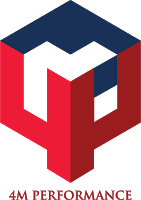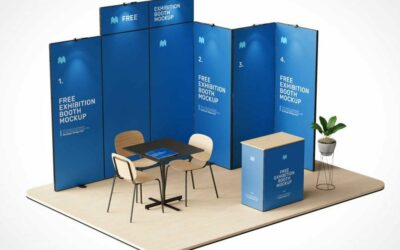Training and managing frontline employees from onboarding to ongoing is an imperative for successful retail businesses.
Key Insights:
- Zero-in on the topics frontline employees need to do their job well – than build on that training.
- Develop structural learning paths that position frontline staff to excel.
- Frontline managers need to monitor new hires and spot coaching opportunities when they arise.
- Forget bulletin boards and telephone calls, communicate with target messaging through online platforms.

- Send out weekly training notices, which may include: job openings, FAQs, procedures, company updates, weekly work schedules, etc.
- Messaging should be direct to frontline staff and NOT from department head, regional or local managers. Direct to frontline avoids misinterpretations and translation loss.
- Frontline training must have the right mix of knowledge and confidence building to illicit the right behavior so that their skills keep pace with the business’s goals.
- Keep training sessions short – just 3-5 minutes max.
- Training only works if employees use it, so make it irresistible. Use games, redeemable value points, rewards, etc. to make your staff want more.
- Have all training insights available 24/7 and accessible on multiple platforms (phone, PC, tablet, point-of-sale stations, etc).

- You want to build-in a daily or weekly ‘training habit’
- Make training/learning a fun activity
Frontline managers don’t have time to do one-on-one training so knowing what the team needs to focus on should be related to the training staff. Then, feedback on that training pinpoints those employees that are top performers – who can mentor other employees.
Investing time and money into training frontline staff is one of the best ways to increase topline performance. So, make their training: fun, factual, fingertip accessed, and targeted.

Frontline Training:
- Makes the on-boarding process easier and painless
- Works best if dispensed in bit-sized pieces
- Greatly improves compliance of new sales procedures, promotions, and products.
- Fills knowledge gaps
- Fosters consistency in customer service
- Increases top-line performance
- Eases through-put of new or important company updates to all or just one employee.





0 Comments